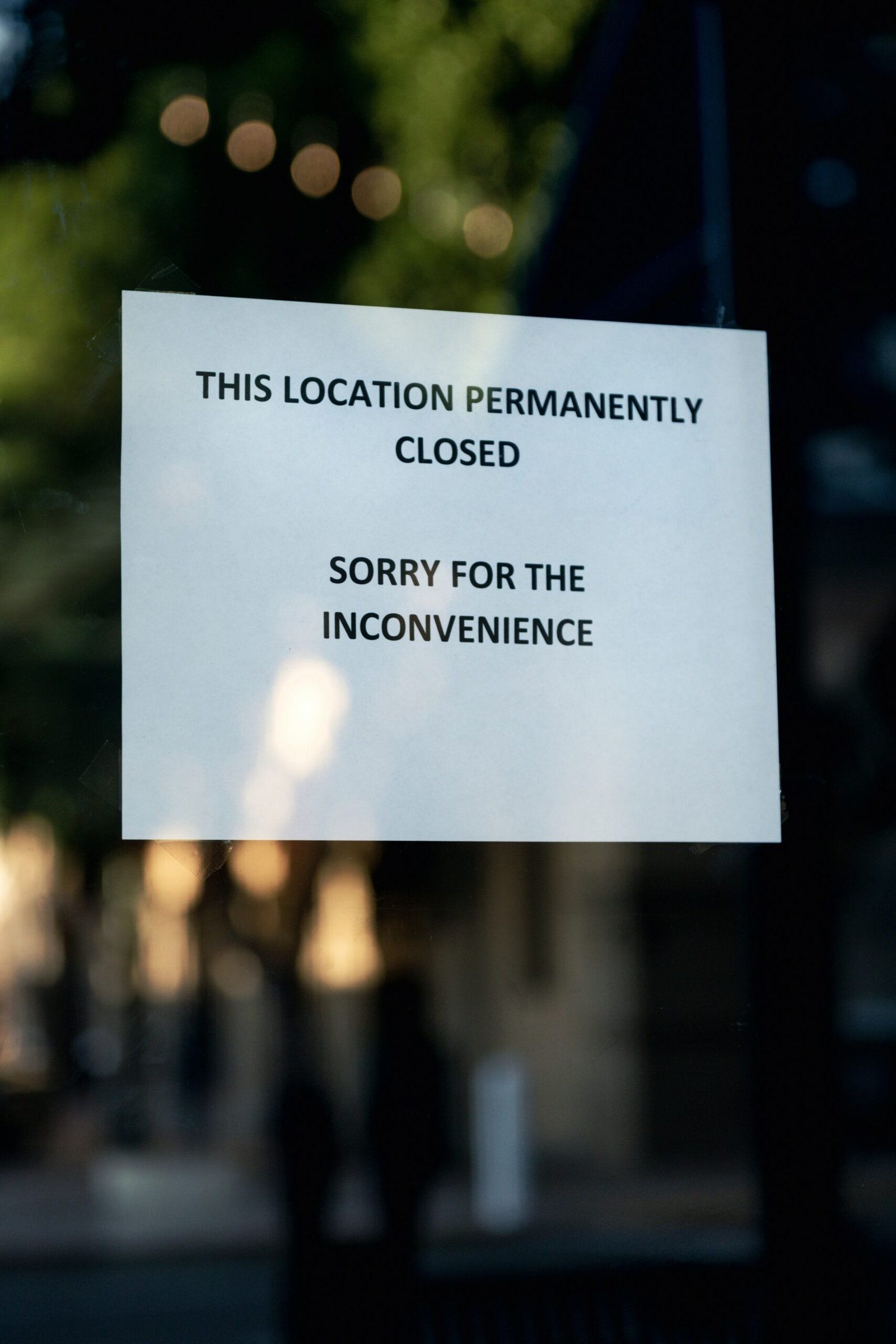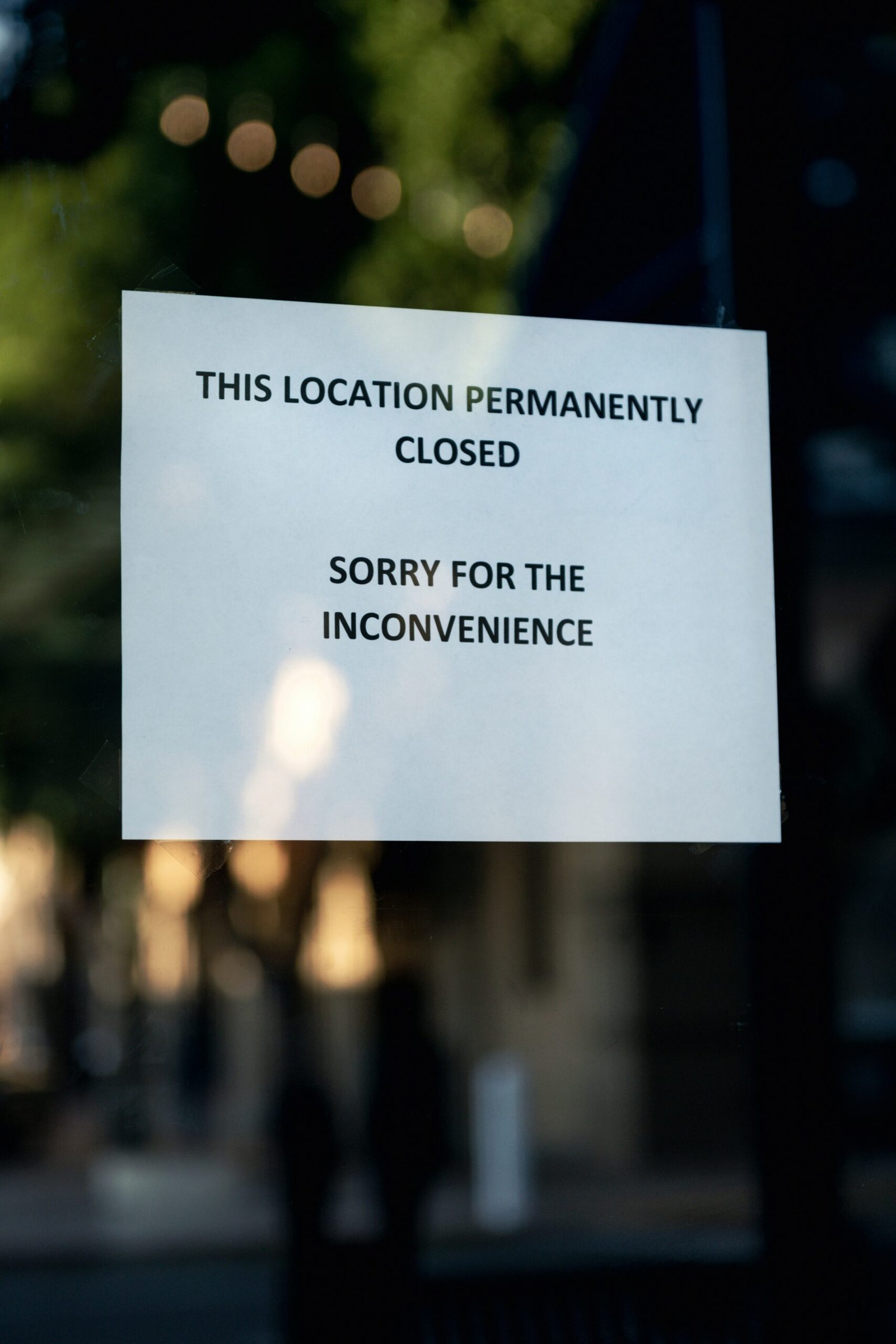

Closed Economies
A closed economy is defined as an economic system that does not engage in international trade. Unlike open economies, which actively exchange goods, services, and capital with foreign countries, closed economies operate independently within their own borders. This self-contained structure has significant implications for the way resources are allocated, goods are produced, and services are provided within the economy.
The hallmark of a closed economy is self-sufficiency. In this system, the country strives to produce everything it needs domestically. This approach generally discourages the import of goods, thereby eliminating the influence of foreign markets and reducing dependency on external suppliers. Consequently, the economy must develop its own industries to meet the demands of its populace. However, this can also lead to inefficiencies, as the lack of competition from abroad might result in lower innovation and productivity levels.
Another key characteristic of closed economies is the absence of exports. Without the ability to trade with other nations, a country cannot sell its surplus goods internationally. This limitation can constrain potential revenue sources and stifle economic growth, as the market for domestic products becomes restricted to the local population. Furthermore, this lack of interaction with foreign economies means that citizens may miss out on a diverse array of goods and services that could enhance their quality of life.
The role of government in a closed economy is paramount, as it often dictates the extent of economic activities through regulations and policies. Governments may take on a central role in managing production, distribution, and the overall economic environment. This can lead to increased bureaucratic control, as authorities attempt to ensure that all local needs are met without external assistance. Therefore, understanding the dynamics of a closed economy is crucial for grasping the broader implications of economic isolation.
The Role of Government in a Closed Economy
In a closed economy, the government’s role becomes significantly pronounced as it assumes the primary responsibility for managing resources and regulating economic activities. The absence of international trade means that the government must ensure that all required goods and services are produced domestically. This often involves the implementation of policies aimed at promoting self-sufficiency, which can include subsidies for local industries, funding for research and development, and investing in infrastructure to support domestic production.
One of the critical functions of the government in this context is the regulation of industries. In a closed economy, the government may impose regulations that dictate the prices of goods and services, influence production quotas, and oversee labor conditions. These regulatory frameworks are essential in preventing monopolies and ensuring fair competition among local businesses. They ultimately aim to protect consumers from exploitative practices and ensure that the economy remains stable and functional without reliance on imports.
Moreover, government intervention becomes crucial in case of economic fluctuations or crises. In situations where local industries face challenges, the government can introduce stimulus measures or adjust fiscal policies to bolster the economy. Such interventions might involve direct financial support to struggling sectors or tax relief measures that aim to encourage consumer spending and investment. Unlike an open economy, where external factors can buffer economic shocks, a closed economy relies heavily on government actions to stabilize economic conditions.
In summary, the government’s role in a closed economy is multifaceted and essential for managing resources and ensuring economic stability. Through regulations, interventions, and policy initiatives, the government works to create an environment that fosters self-sufficiency while addressing the unique challenges posed by the lack of international trade. This focus on domestic economic management distinguishes a closed economy from its open counterparts.
Economic Restrictions: Types and Their Rationale
In a closed economy, government restrictions play a crucial role in guiding economic activities and managing resource distribution. Various types of restrictions are often employed to achieve specific economic goals, each with its distinct rationale. Understanding these restrictions is essential for comprehending how closed economies function.
One prevalent form of economic restriction is price controls, which are government-imposed limits on the prices that can be charged for goods and services. Price controls can take the form of price ceilings, which prevent prices from rising above a certain level, or price floors, which set a minimum price. The primary rationale behind price controls is to protect consumers from extreme price fluctuations and ensure that essential goods and services remain affordable. However, they can also lead to shortages, as suppliers may be unwilling to produce goods if they cannot achieve a profitable price.
Another significant restriction is trade quotas, which limit the quantity of specific goods that can be imported or exported. Governments impose trade quotas to protect local industries from foreign competition, thereby fostering domestic production and employment. In a closed economy, this form of restriction can lead to a more self-sufficient economic environment, though it may also result in reduced consumer choice and higher prices for goods.
Import bans are another type of economic restriction, wherein specific products are prohibited from being brought into the country. The rationale behind such bans typically involves national security concerns or the desire to protect public health and safety. By limiting foreign goods, governments can encourage local production and isolate the economy from potential external disruptions.
Lastly, production limits can be imposed by governments to ensure that certain resources are conserved or that production capacities do not exceed sustainable levels. These restrictions aim to balance economic growth with environmental sustainability and resource management. While they can promote responsible usage of natural resources, too stringent limits may hinder overall economic progress.
Impact of Restrictions on Domestic Trade
In a closed economy, government-imposed restrictions play a significant role in shaping domestic trade dynamics. These restrictions, including tariffs, quotas, and regulations, are designed to protect local industries from foreign competition. However, they can also lead to unintended market distortions that disrupt the balance between supply and demand.
When restrictions are imposed, consumers may experience limited choices in products and services. This lack of variety can influence consumer behavior, leading them to settle for suboptimal alternatives. As a result, local businesses might face reduced competition, which could potentially reduce the incentive for innovation and efficiency. Over time, this scenario may cultivate complacency within domestic firms, thus affecting the overall quality and availability of goods within the market.
The impact of these restrictions extends beyond consumer behavior. Local businesses may find themselves grappling with changes in market dynamics. In an attempt to comply with government policies, firms may alter their production processes or business models, inadvertently leading to inefficiencies. These inefficiencies could result in higher operational costs, which might be passed on to consumers in the form of increased prices.
Moreover, the equilibrium between production and consumption becomes delicate in a restricted economy. Production may exceed consumption if businesses are incentivized to create goods without a corresponding increase in consumer demand. This imbalance can lead to excess inventory and wasted resources, ultimately hindering economic growth.
In conclusion, the impact of government restrictions on domestic trade within a closed economy highlights the complexities involved in maintaining a healthy economic environment. Striking a balance between protecting local industries and fostering competitive markets is essential for sustaining economic health and consumer satisfaction.
Inflation and Price Controls in a Closed Economy
In a closed economy, where international trade is either limited or non-existent, government-imposed price controls often emerge as a tool to combat inflation. Inflation, characterized by a general increase in prices and a fall in the purchasing value of money, can be exacerbated when governments set price ceilings — limits on how high prices can rise. While the intention behind such controls is to protect consumers from price gouging, evidence suggests that they can lead to unintended consequences, including shortages, black markets, and surpluses.
When prices are artificially lowered through controls, demand for goods and services typically surges as consumers rush to buy products at lower prices. However, because suppliers may find the regulated prices unprofitable, they may reduce the quantity supplied, creating a mismatch between demand and supply. This scenario often results in persistent shortages, as was seen during the 1970s in the United States when the government implemented price controls on oil, leading to widespread fuel shortages.
Furthermore, black markets frequently emerge as consumers seek alternative access to goods that are no longer readily available due to these shortages. A telling example is found in Venezuela, where government measures to fix food and product prices resulted in rampant inflation, prompting the rise of a significant black market. In this parallel economy, products are sold at prices far exceeding official controls, indicating how government restrictions can distort market behavior.
Conversely, price controls can also create surpluses when minimum price floors are set above the equilibrium market price. This situation can lead to excess supply, as seen in agricultural economies where governments guarantee prices for certain crops. Farmers produce more than the market can absorb, resulting in wastage. Thus, the relationship between inflation and price controls in a closed economy is complex, marked by both immediate and longer-term economic implications.
Labor Market Restrictions and Employment Effects
In a closed economy, government restrictions on the labor market can have significant implications for employment outcomes and economic productivity. One of the primary regulations that can shape labor dynamics is the imposition of minimum wage laws. These laws are intended to ensure a basic standard of living for workers; however, they can also lead to unintended consequences. Specifically, higher minimum wage rates might discourage employers from hiring, as the cost of labor increases. This can result in reduced employment opportunities, particularly for low-skilled workers and younger individuals seeking entry-level positions.
Another crucial aspect of labor market restrictions is the implementation of employment quotas. Such quotas can mandate that a certain percentage of jobs are reserved for specific demographic groups, often aimed at promoting diversity and inclusion. While these measures aim to address historical disparities, they can inadvertently create barriers to employment for other groups. Employers may face challenges in navigating these quotas, potentially leading to inefficiencies and a misallocation of resources within the labor market.
Job creation incentives are an additional form of government intervention that can influence the labor market. These incentives may include tax breaks or subsidies for businesses that expand their workforce. While these policies can stimulate employment growth, they often favor certain sectors over others and can lead to distortions in the labor market. For example, firms may focus their efforts on meeting the criteria for incentives rather than pursuing optimal business practices, which can undermine productivity in the long run.
The cumulative effects of these regulations can impact workforce mobility, as individuals may become trapped in jobs that do not align with their skills or ambitions. This stagnation ultimately affects overall economic productivity, limiting the potential for growth and innovation within the economy. It is essential to consider these multifaceted implications when evaluating labor market restrictions in a closed economy.
Consumer Choices: Limitations and Alternatives
In a closed economy, government restrictions significantly impact consumer choices. When a government imposes tariffs, quotas, or outright bans on foreign products, it effectively restricts the array of goods available in the market. This lack of access to international products can lead to reduced competition, which, in turn, often results in higher prices for consumers. Without the influence of foreign competitors, domestic producers may not feel compelled to lower prices or improve the quality of their offerings. As a result, consumers may find themselves with a limited selection of goods that may not meet their needs or preferences.
The absence of an open market can lead to a stagnation in consumer goods innovation as well. When businesses operate under reduced competition, the incentive to innovate diminishes. This can mean a slower introduction of new products or features that address changing consumer demands. The quality of available products may decline, as domestic manufacturers may not prioritize investment in research and development when shielded from foreign competition.
However, limitations in choice can also drive the emergence of alternative markets and solutions. One such alternative is the creation of underground markets, where consumers find ways to obtain foreign products despite restrictive regulations. These markets can provide access to desired goods but often come with risks, including concerns about legality, product authenticity, and safety.
In response to these challenges, some entities within a closed economy may pursue innovative initiatives, focusing on local production and sustainability to meet consumer demands. By harnessing regional resources and talents, domestic businesses could attempt to fill the void left by foreign competition. While these alternatives may not fully replicate the benefits of an open market, they can offer consumers some degree of variety and quality, showing adaptability in the face of restrictions.
Long-term Consequences of Government Restrictions
The implementation of government restrictions within a closed economy can lead to several long-term consequences that significantly impact economic growth and development. One major consequence is economic stagnation. When a country limits its engagement with external markets, it often lacks access to innovation, technological advancements, and efficient production methods available globally. This isolation can stifle competition, leading to complacency among domestic industries and a decline in overall productivity.
Moreover, reduced international collaboration exacerbates the situation. In a globally interconnected economy, exchange of ideas, skills, and resources is crucial for development. Nations that impose strict restrictions may find themselves increasingly disconnected from global supply chains and trade networks. This disconnection can inhibit their ability to adapt to changing market demands and trends, making it difficult for these economies to grow and evolve. As a result, they may become more vulnerable to economic shocks, which can further complicate recovery efforts.
Challenges in adapting to global economic shifts also characterize a closed economy. Technological advancements, appetite shifts in global markets, and evolving consumer preferences often occur on an international scale. When a nation chooses to remain insular, it risks falling behind in these critical areas. Competitive disadvantages may accumulate, as restricted economies are often less agile in responding to new economic realities.
Nevertheless, there are potential benefits associated with gradual opening or integration into the global economy. By cautiously lifting restrictions, countries can stimulate growth, attract foreign investment, and foster innovation through exposure to international practices. Emphasizing the potential for collaboration with other nations can serve to enhance economic resilience and adaptability. Exploring avenues for international trade can ultimately lead to a more sustainable and robust economy.
Evaluating the Effectiveness of Restrictions
In assessing the effectiveness of government restrictions within a closed economy, it becomes evident that these measures serve dual purposes: protecting domestic industries and ensuring economic stability. Throughout our discussion, we highlighted that such restrictions often manifest through tariffs, import quotas, and various regulatory frameworks designed to limit foreign competition. These strategies can provide a temporary shield for emerging industries, allowing them to grow and develop without the pressure of international market forces.
However, the balance between protection and efficiency remains a critical consideration. While restrictions can foster the growth of local businesses in the short term, they may also lead to inefficiencies. These inefficiencies stem from a lack of competition, which can result in higher prices for consumers and decreased innovation. As highlighted, the trade-off between safeguarding local economies and maintaining a competitive edge is delicate and must be navigated carefully.
The implications of globalization further complicate this landscape. As many nations increasingly integrate into the global market, the relevance of closed economies may be called into question. What becomes of protectionist policies as the interconnectedness of the global economy grows? Will the historical reliance on government restrictions be sustainable in the face of international trade dynamics? These are pertinent questions as we look ahead.
Furthermore, the emergence of global supply chains and trade agreements raises the stakes for closed economies. As they confront the need for reform, policymakers must consider the balance of fostering local industries while not alienating broader economic relationships that could be beneficial. Hence, the evaluation of government restrictions in closed economies isn’t solely about measuring their immediate effectiveness but also entails predicting how these policies will evolve amid changing global economic trends.





